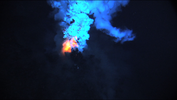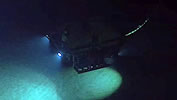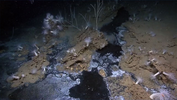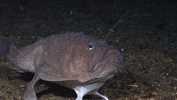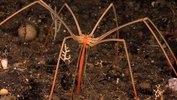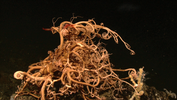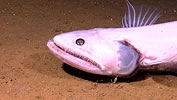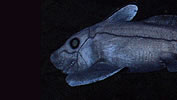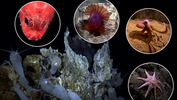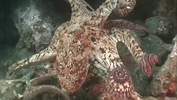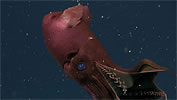Oarfish: The Ultimate Fish Tale
Deep Ocean Volcanoes
The Deep Ocean
Underwater Lakes
Lakes deep within the ocean are just a few of the fascinating features of the seafloor.
Anglerfish
Found at an ocean depth of 1,600 feet, the anglerfish has many adaptations that help it capture a meal.
Deep Sea Spider
Basket Star
The invertebrate basket star feeds mainly on microscopic animals that drift in the ocean.
Bathysaurus
Chimaera
Life on a Deep Sea Vent
Despite an environment that humans would find deadly, life thrives around hydrothermal vents on the seafloor.
An Octopus Moving Along the Ocean Floor
The Vampire Squid
Even though its name, Vampyroteuthis, means "vampire squid," it is neither a vampire nor a squid!

